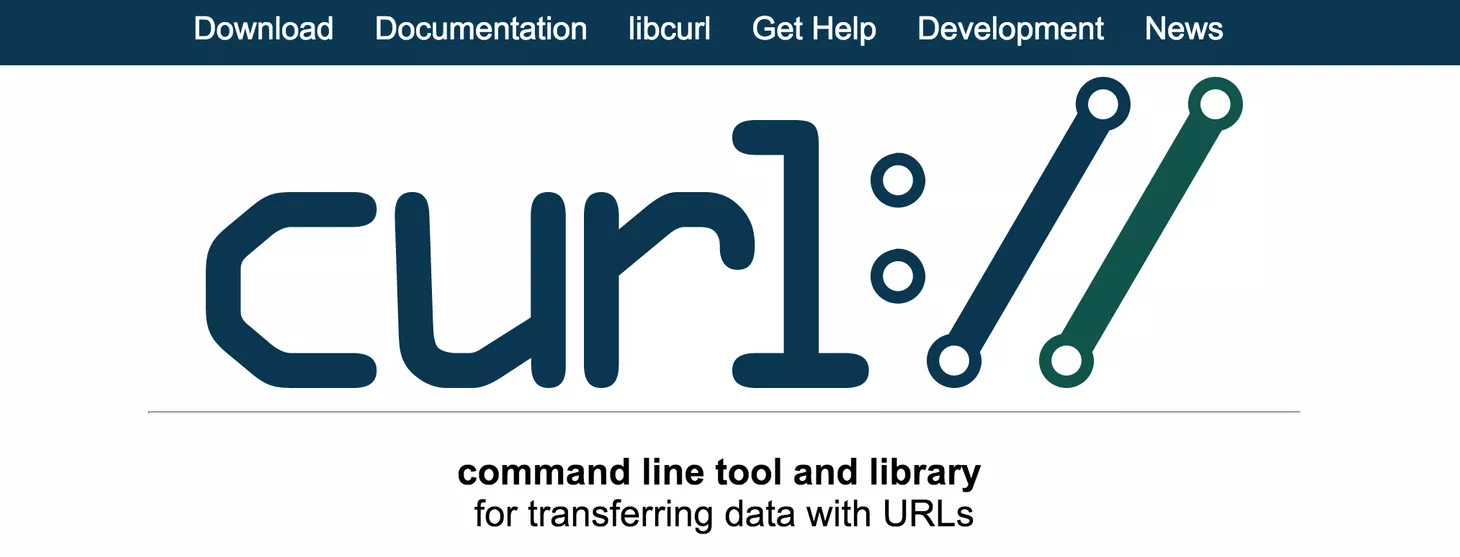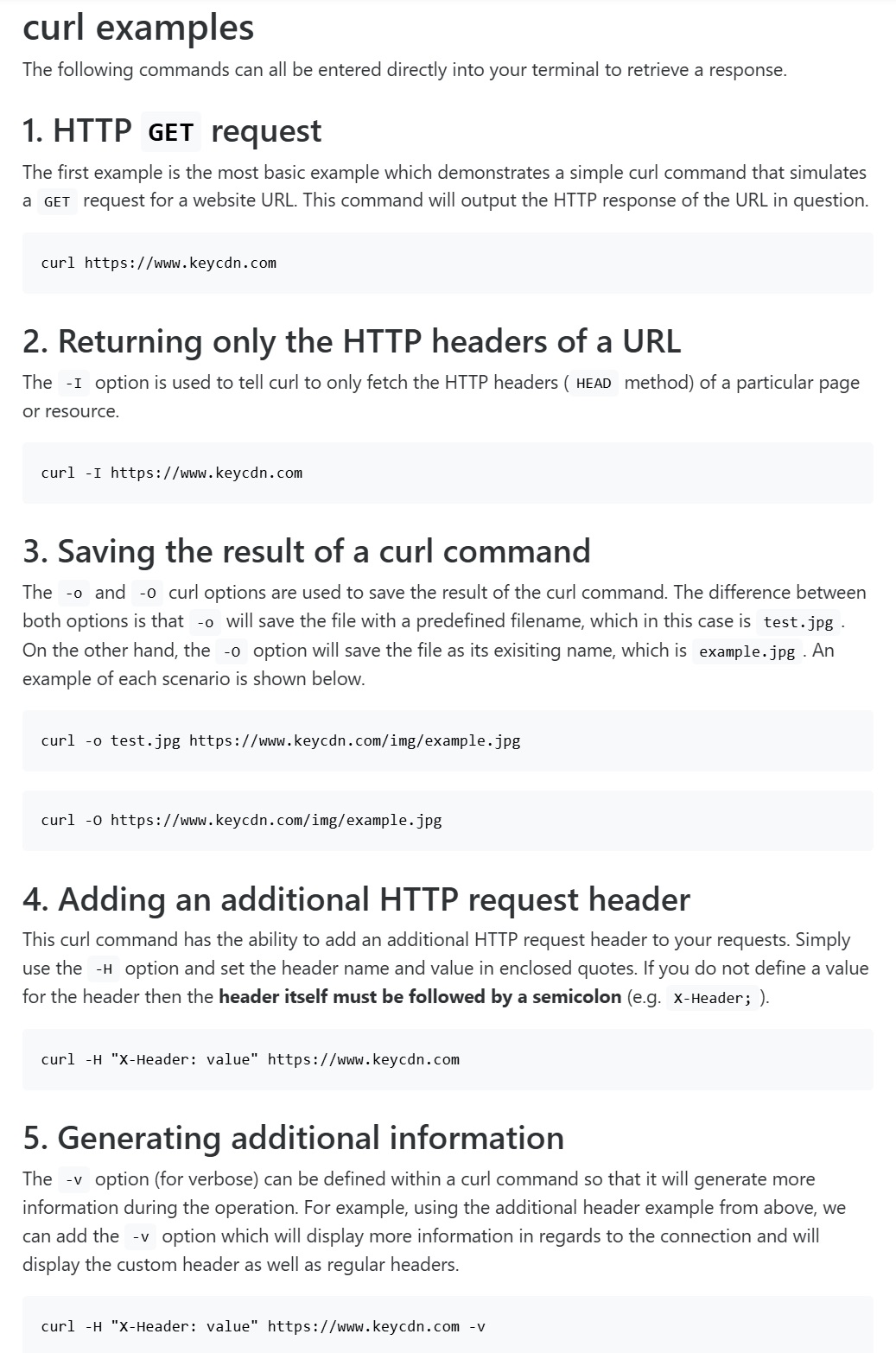BREAKING NEWS
LATEST POSTS
-
Pyper – a flexible framework for concurrent and parallel data-processing in Python
Pyper is a flexible framework for concurrent and parallel data-processing, based on functional programming patterns.
https://github.com/pyper-dev/pyper

-
Jacob Bartlett – Apple is Killing Swift
https://blog.jacobstechtavern.com/p/apple-is-killing-swift
Jacob Bartlett argues that Swift, once envisioned as a simple and composable programming language by its creator Chris Lattner, has become overly complex due to Apple’s governance. Bartlett highlights that Swift now contains 217 reserved keywords, deviating from its original goal of simplicity. He contrasts Swift’s governance model, where Apple serves as the project lead and arbiter, with other languages like Python and Rust, which have more community-driven or balanced governance structures. Bartlett suggests that Apple’s control has led to Swift’s current state, moving away from Lattner’s initial vision.
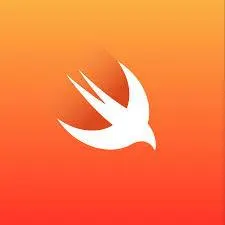
-
Don’t Splat your Gaussians – Volumetric Ray-Traced Primitives for Modeling and Rendering Scattering and Emissive Media
https://arcanous98.github.io/projectPages/gaussianVolumes.html
We propose a compact and efficient alternative to existing volumetric representations for rendering such as voxel grids.
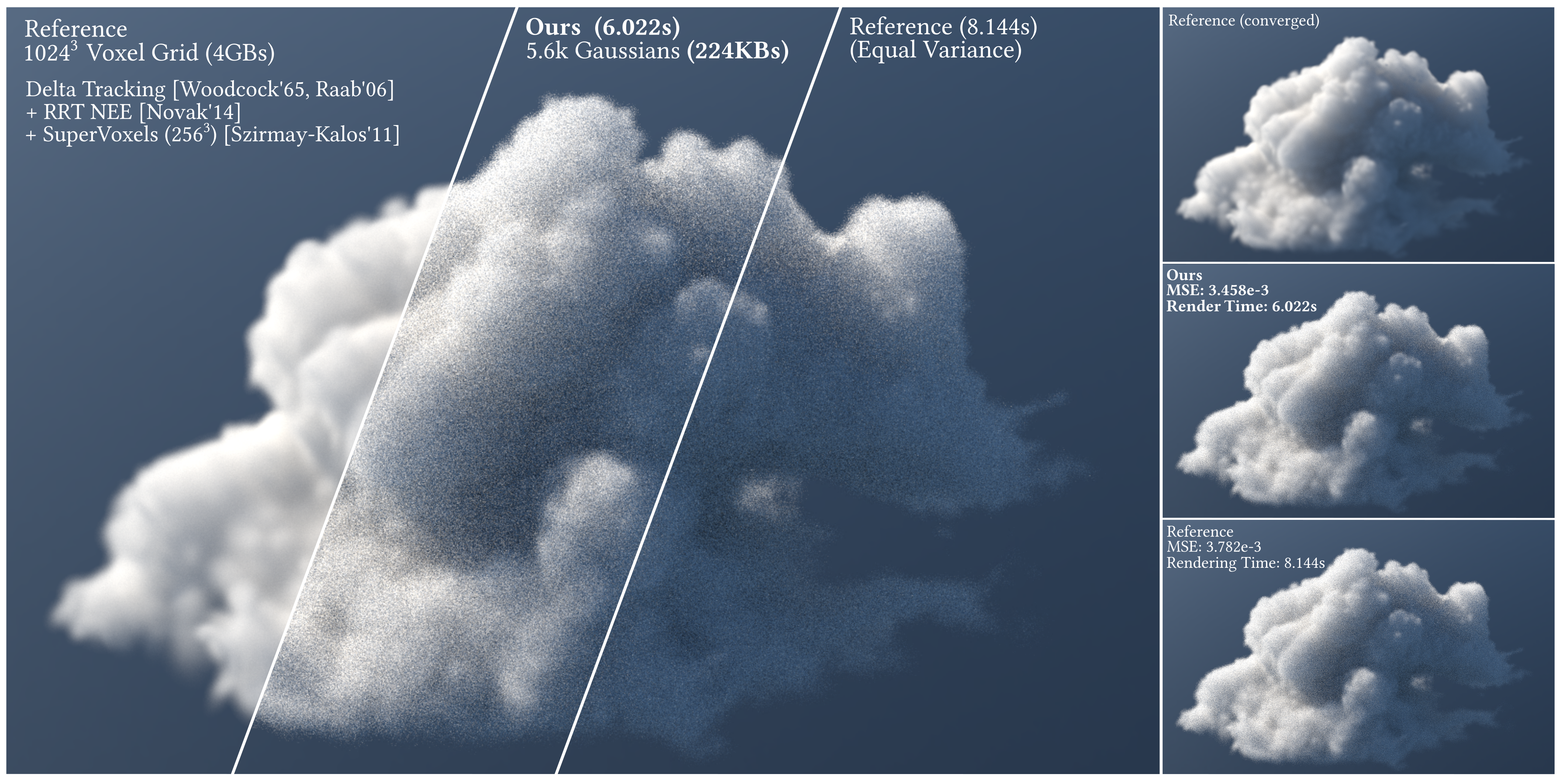
-
IPAdapter – Text Compatible Image Prompt Adapter for Text-to-Image Image-to-Image Diffusion Models and ComfyUI implementation
github.com/tencent-ailab/IP-Adapter
The IPAdapter are very powerful models for image-to-image conditioning. The subject or even just the style of the reference image(s) can be easily transferred to a generation. Think of it as a 1-image lora. They are an effective and lightweight adapter to achieve image prompt capability for the pre-trained text-to-image diffusion models. An IP-Adapter with only 22M parameters can achieve comparable or even better performance to a fine-tuned image prompt model.
Once the IP-Adapter is trained, it can be directly reusable on custom models fine-tuned from the same base model.The IP-Adapter is fully compatible with existing controllable tools, e.g., ControlNet and T2I-Adapter.
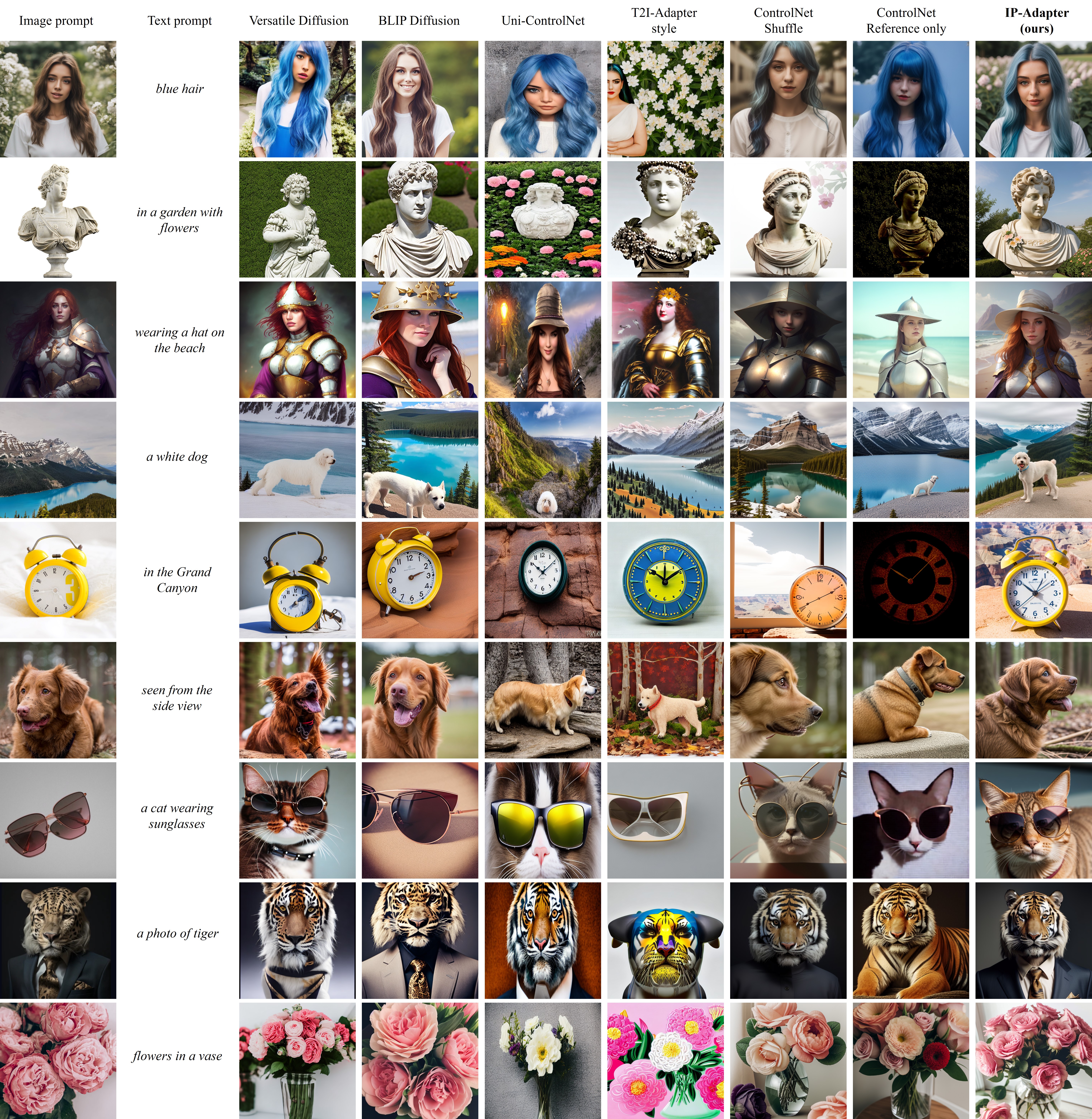
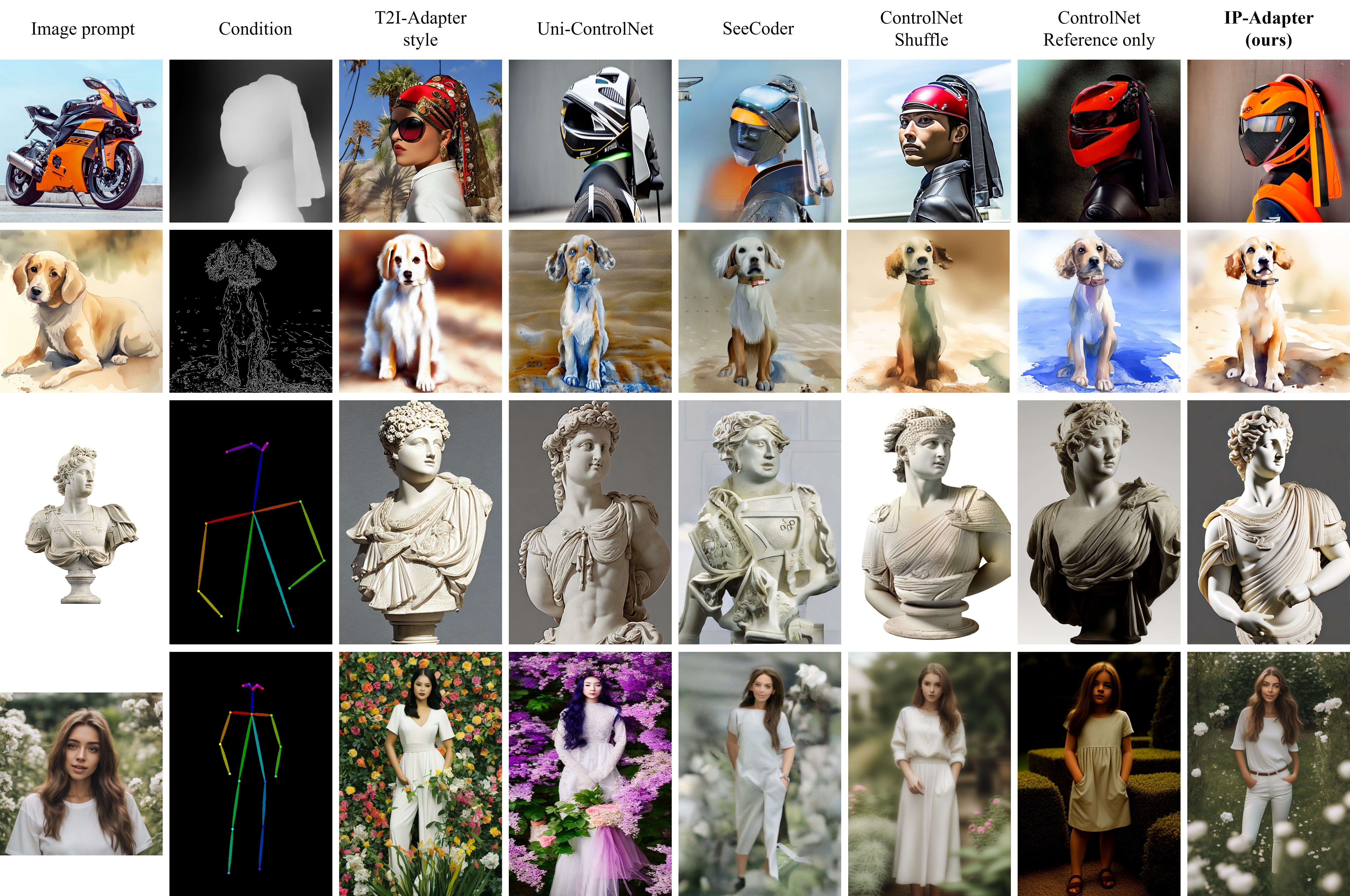
-
SPAR3D – Stable Point-Aware Reconstruction of 3D Objects from Single Images
SPAR3D is a fast single-image 3D reconstructor with intermediate point cloud generation, which allows for interactive user edits and achieves state-of-the-art performance.
https://github.com/Stability-AI/stable-point-aware-3d
https://stability.ai/news/stable-point-aware-3d?utm_source=x&utm_medium=social&utm_campaign=SPAR3D
-
MiniMax-01 goes open source
MiniMax is thrilled to announce the release of the MiniMax-01 series, featuring two groundbreaking models:
MiniMax-Text-01: A foundational language model.
MiniMax-VL-01: A visual multi-modal model.Both models are now open-source, paving the way for innovation and accessibility in AI development!
🔑 Key Innovations
1. Lightning Attention Architecture: Combines 7/8 Lightning Attention with 1/8 Softmax Attention, delivering unparalleled performance.
2. Massive Scale with MoE (Mixture of Experts): 456B parameters with 32 experts and 45.9B activated parameters.
3. 4M-Token Context Window: Processes up to 4 million tokens, 20–32x the capacity of leading models, redefining what’s possible in long-context AI applications.💡 Why MiniMax-01 Matters
1. Innovative Architecture for Top-Tier Performance
The MiniMax-01 series introduces the Lightning Attention mechanism, a bold alternative to traditional Transformer architectures, delivering unmatched efficiency and scalability.2. 4M Ultra-Long Context: Ushering in the AI Agent Era
With the ability to handle 4 million tokens, MiniMax-01 is designed to lead the next wave of agent-based applications, where extended context handling and sustained memory are critical.3. Unbeatable Cost-Effectiveness
Through proprietary architectural innovations and infrastructure optimization, we’re offering the most competitive pricing in the industry:
$0.2 per million input tokens
$1.1 per million output tokens🌟 Experience the Future of AI Today
We believe MiniMax-01 is poised to transform AI applications across industries. Whether you’re building next-gen AI agents, tackling ultra-long context tasks, or exploring new frontiers in AI, MiniMax-01 is here to empower your vision.✅ Try it now for free: hailuo.ai
📄 Read the technical paper: filecdn.minimax.chat/_Arxiv_MiniMax_01_Report.pdf
🌐 Learn more: minimaxi.com/en/news/minimax-01-series-2
💡API Platform: intl.minimaxi.com/

FEATURED POSTS
-
VFX pipeline – Render Wall Farm management topics
1: Introduction Title: Managing a VFX Facility’s Render Wall
- Briefly introduce the importance of managing a VFX facility’s render wall.
- Highlight how efficient management contributes to project timelines and overall productivity.
2: Daily Overview Title: Daily Management Routine
- Monitor Queues: Begin each day by reviewing render queues to assess workload and priorities.
- Resource Allocation: Allocate resources based on project demands and available hardware.
- Job Prioritization: Set rendering priorities according to project deadlines and importance.
- Queue Optimization: Adjust queue settings to maximize rendering efficiency.
3: Resource Allocation Title: Efficient Resource Management
- Hardware Utilization: Distribute rendering tasks across available machines for optimal resource usage.
- Balance Workloads: Avoid overloading specific machines while others remain underutilized.
- Consider Off-Peak Times: Schedule resource-intensive tasks during off-peak hours to enhance overall performance.
4: Job Prioritization Title: Prioritizing Rendering Tasks
- Deadline Sensitivity: Give higher priority to tasks with imminent deadlines to ensure timely delivery.
- Critical Shots: Identify shots crucial to the project’s narrative or visual impact for prioritization.
- Dependent Shots: Sequence shots that depend on others should be prioritized together.
5: Queue Optimization and Reporting Title: Streamlining Render Queues
- Dependency Management: Set up dependencies to ensure shots are rendered in the correct order.
- Error Handling: Implement automated error detection and requeueing mechanisms.
- Progress Tracking: Regularly monitor rendering progress and update stakeholders.
- Data Management: Archive completed renders and remove redundant data to free up storage.
- Reporting: Provide daily reports on rendering status, resource usage, and potential bottlenecks.
6: Conclusion Title: Enhancing VFX Workflow
- Effective management of a VFX facility’s render wall is essential for project success.
- Daily monitoring, resource allocation, job prioritization, queue optimization, and reporting are key components.
- A well-managed render wall ensures efficient production, timely delivery, and overall project success.
-
copypastecharacter.com – alphabets, special characters, alt codes and symbols library
https://www.copypastecharacter.com
https://www.freecodecamp.org/news/alt-codes-special-characters-keyboard-symbols-windows-list/
Most used ones:
Alt + 0149 • bullet point
Alt + 0153 ™ trademark symbol
Alt + 0169 © copyright symbol
Alt + 0174 ® registered trademark symbol
Alt + 0176 ° degree symbol
Alt + 0177 ± plus-or-minus sign
Alt + 0215 × multiplication sign
Alt + 12 ♀ female sign
Alt + 11 ♂ male sign
Alt + 13 ♪ eighth note
Alt + 14 ♫ beamed eighth note
Alt + 251 √ square root check mark
Alt + 8236 ∞ infinity
Alt + 24 ↑ up arrow
Alt + 25 ↓ down arrow
Alt + 26 → right arrow
Alt + 27 ← left arrow
Alt + 29 ↔ left right arrow
Alt + 94 ^All of them:
૱ ꠸ ┯ ┰ ┱ ┲ ❗ ► ◄ Ă ă 0 1 2 3 4 5 6 7 8 9 Ǖ ǖ Ꞁ ¤ Ð ¢ ℥ Ω ℧ K ℶ ℷ ℸ ⅇ ⅊ ⚌ ⚍ ⚎ ⚏ ⚭ ⚮ ⌀ ⏑ ⏒ ⏓ ⏔ ⏕ ⏖ ⏗ ⏘ ⏙ ⏠ ⏡ ⏦ ᶀ ᶁ ᶂ ᶃ ᶄ ᶆ ᶇ ᶈ ᶉ ᶊ ᶋ ᶌ ᶍ ᶎ ᶏ ᶐ ᶑ ᶒ ᶓ ᶔ ᶕ ᶖ ᶗ ᶘ ᶙ ᶚ ᶸ ᵯ ᵰ ᵴ ᵶ ᵹ ᵼ ᵽ ᵾ ᵿ ⁁ ⁊ ⸜ ⸝ ¶ ¥ £ ⅕ ⅙ ⅛ ⅔ ⅖ ⅗ ⅘ ⅜ ⅚ ⅐ ⅝ ↉ ⅓ ⅑ ⅒ ⅞ ← ↑ → ↓ ↔ ↕ ↖ ↗ ↘ ↙ ↚ ↛ ↜ ↝ ↞ ↟ ↠ ↡ ↢ ↣ ↤ ↥ ↦ ↧ ↨ ↩ ↪ ↫ ↬ ↭ ↮ ↯ ↰ ↱ ↲ ↳ ↴ ↵ ↶ ↷ ↸ ↹ ↺ ↻ ↼ ↽ ↾ ↿ ⇀ ⇁ ⇂ ⇃ ⇄ ⇅ ⇆ ⇇ ⇈ ⇉ ⇊ ⇋ ⇌ ⇍ ⇎ ⇏ ⇐ ⇑ ⇒ ⇓ ⇔ ⇕ ⇖ ⇗ ⇘ ⇙ ⇚ ⇛ ⇜ ⇝ ⇞ ⇟ ⇠ ⇡ ⇢ ⇣ ⇤ ⇥ ⇦ ⇨ ⇩ ⇪ ⇧ ⇫ ⇬ ⇭ ⇮ ⇯ ⇰ ⇱ ⇲ ⇳ ⇴ ⇵ ⇶ ⇷ ⇸ ⇹ ⇺ ⇻ ⇼ ⇽ ⇾ ⇿ ⟰ ⟱ ⟲ ⟳ ⟴ ⟵ ⟶ ⟷ ⟸ ⟹ ⟺ ⟻ ⟼ ⟽ ⟾ ⟿ ⤀ ⤁ ⤂ ⤃ ⤄ ⤅ ⤆ ⤇ ⤈ ⤉ ⤊ ⤋ ⤌ ⤍ ⤎ ⤏ ⤐ ⤑ ⤒ ⤓ ⤔ ⤕ ⤖ ⤗ ⤘ ⤙ ⤚ ⤛ ⤜ ⤝ ⤞ ⤟ ⤠ ⤡ ⤢ ⤣ ⤤ ⤥ ⤦ ⤧ ⤨ ⤩ ⤪ ⤫ ⤬ ⤭ ⤮ ⤯ ⤰ ⤱ ⤲ ⤳ ⤴ ⤵ ⤶ ⤷ ⤸ ⤹ ⤺ ⤻ ⤼ ⤽ ⤾ ⤿ ⥀ ⥁ ⥂ ⥃ ⥄ ⥅ ⥆ ⥇ ⥈ ⥉ ⥊ ⥋ ⥌ ⥍ ⥎ ⥏ ⥐ ⥑ ⥒ ⥓ ⥔ ⥕ ⥖ ⥗ ⥘ ⥙ ⥚ ⥛ ⥜ ⥝ ⥞ ⥟ ⥠ ⥡ ⥢ ⥣ ⥤ ⥥ ⥦ ⥧ ⥨ ⥩ ⥪ ⥫ ⥬ ⥭ ⥮ ⥯ ⥰ ⥱ ⥲ ⥳ ⥴ ⥵ ⥶ ⥷ ⥸ ⥹ ⥺ ⥻ ⥼ ⥽ ⥾ ⥿ ➔ ➘ ➙ ➚ ➛ ➜ ➝ ➞ ➝ ➞ ➟ ➠ ➡ ➢ ➣ ➤ ➥ ➦ ➧ ➨ ➩ ➩ ➪ ➫ ➬ ➭ ➮ ➯ ➱ ➲ ➳ ➴ ➵ ➶ ➷ ➸ ➹ ➺ ➻ ➼ ➽ ➾ ⬀ ⬁ ⬂ ⬃ ⬄ ⬅ ⬆ ⬇ ⬈ ⬉ ⬊ ⬋ ⬌ ⬍ ⬎ ⬏ ⬐ ⬑ ☇ ☈ ⏎ ⍃ ⍄ ⍅ ⍆ ⍇ ⍈ ⍐ ⍗ ⍌ ⍓ ⍍ ⍔ ⍏ ⍖ ♾ ⎌ ☊ ☋ ☌ ☍ ⌃ ⌄ ⌤ ⌅ ⌆ ⌇ ⚋ ⚊ ⌌ ⌍ ⌎ ⌏ ⌐ ⌑ ⌔ ⌕ ⌗ ⌙ ⌢ ⌣ ⌯ ⌬ ⌭ ⌮ ⌖ ⌰ ⌱ ⌲ ⌳ ⌴ ⌵ ⌶ ⌷ ⌸ ⌹ ⌺ ⌻ ⌼ ⍯ ⍰ ⌽ ⌾ ⌿ ⍀ ⍁ ⍂ ⍉ ⍊ ⍋ ⍎ ⍏ ⍑ ⍒ ⍕ ⍖ ⍘ ⍙ ⍚ ⍛ ⍜ ⍝ ⍞ ⍠ ⍟ ⍡ ⍢ ⍣ ⍤ ⍥ ⍨ ⍩ ⍦ ⍧ ⍬ ⍿ ⍪ ⍮ ⍫ ⍱ ⍲ ⍭ ⍳ ⍴ ⍵ ⍶ ⍷ ⍸ ⍹ ⍺ ⍼ ⍽ ⍾ ⎀ ⎁ ⎂ ⎃ ⎄ ⎅ ⎆ ⎉ ⎊ ⎋ ⎍ ⎎ ⎏ ⎐ ⎑ ⎒ ⎓ ⎔ ⎕ ⏣ ⌓ ⏥ ⏢ ⎖ ⎲ ⎳ ⎴ ⎵ ⎶ ⎸ ⎹ ⎺ ⎻ ⎼ ⎽ ⎾ ⎿ ⏀ ⏁ ⏂ ⏃ ⏄ ⏅ ⏆ ⏇ ⏈ ⏉ ⏉ ⏋ ⏌ ⏍ ⏐ ⏤ ⏚ ⏛ Ⓝ ℰ ⓦ ! ⌘ « » ‹ › ‘ ’ “ ” „ ‚ ❝ ❞ £ ¥ € $ ¢ ¬ ¶ @ § ® © ™ ° × π ± √ ‰ Ω ∞ ≈ ÷ ~ ≠ ¹ ² ³ ½ ¼ ¾ ‐ – — | ⁄ \ [ ] { } † ‡ … · • ● ⌥ ⌃ ⇧ ↩ ¡ ¿ ‽ ⁂ ∴ ∵ ◊ ※ ← → ↑ ↓ ☜ ☞ ☝ ☟ ✔ ★ ☆ ♺ ☼ ☂ ☺ ☹ ☃ ✉ ✿ ✄ ✈ ✌ ✎ ♠ ♦ ♣ ♥ ♪ ♫ ♯ ♀ ♂ α ß Á á À à Å å Ä ä Æ æ Ç ç É é È è Ê ê Í í Ì ì Î î Ñ ñ Ó ó Ò ò Ô ô Ö ö Ø ø Ú ú Ù ù Ü ü Ž ž ₳ ฿ ¢ € ₡ ¢ ₢ ₵ ₫ £ £ ₤ ₣ ƒ ₲ ₭ ₥ ₦ ₱ $ $ ₮ ₩ ₩ ¥ ¥ ₴ ₰ ¤ ៛ ₪ ₯ ₠ ₧ ₨ ௹ ﷼ ㍐ ৲ ৳ ~ ƻ Ƽ ƽ ¹ ¸ ¬ ¨ ɂ ǁ ¯ Ɂ ǂ ¡ ´ ° ꟾ ¦ } { | . , · ] ) [ / _ \ ¿ º § ” * – + ( ! & % $ ¼ ¾ ½ ¶ © ® @ ẟ Ɀ ` Ȿ ^ ꜠ ꜡ ỻ ‘ = : ; < ꞌ Ꞌ ꞊ ꞁ ꞈ ꞉ > ? ÷ ℾ ℿ ℔ ℩ ℉ ⅀ ℈ þ ð Þ µ ª ꝋ ꜿ Ꜿ ⱽ ⱺ ⱹ ⱷ ⱶ Ⱶ ⱴ ⱱ Ɒ ⱦ ȶ ȴ ȣ Ȣ ȡ ȝ Ȝ ț ȋ Ȋ ȉ Ȉ ǯ Ǯ ǃ ǀ ƿ ƾ ƺ ƹ Ƹ Ʒ Ʋ ư ƪ ƣ Ƣ Ɵ ƛ Ɩ ƕ ƍ ſ ỽ ⸀ ⸁ ⸂ ⸃ ⸄ ⸅ ⸆ ⸇ ⸈ ⸉ ⸊ ⸋ ⸌ ⸍ ⸎ ⸏ ⸐ ⸑ ⸒ ⸔ ⸕ ▲ ▼ ◀ ▶ ◢ ◣ ◥ ◤ △ ▽ ◿ ◺ ◹ ◸ ▴ ▾ ◂ ▸ ▵ ▿ ◃ ▹ ◁ ▷ ◅ ▻ ◬ ⟁ ⧋ ⧊ ⊿ ∆ ∇ ◭ ◮ ⧩ ⧨ ⌔ ⟐ ◇ ◆ ◈ ⬖ ⬗ ⬘ ⬙ ⬠ ⬡ ⎔ ⋄ ◊ ⧫ ⬢ ⬣ ▰ ▪ ◼ ▮ ◾ ▗ ▖ ■ ∎ ▃ ▄ ▅ ▆ ▇ █ ▌ ▐ ▍ ▎ ▉ ▊ ▋ ❘ ❙ ❚ ▀ ▘ ▝ ▙ ▚ ▛ ▜ ▟ ▞ ░ ▒ ▓ ▂ ▁ ▬ ▔ ▫ ▯ ▭ ▱ ◽ □ ◻ ▢ ⊞ ⊡ ⊟ ⊠ ▣ ▤ ▥ ▦ ⬚ ▧ ▨ ▩ ⬓ ◧ ⬒ ◨ ◩ ◪ ⬔ ⬕ ❏ ❐ ❑ ❒ ⧈ ◰ ◱ ◳ ◲ ◫ ⧇ ⧅ ⧄ ⍁ ⍂ ⟡ ⧉ ⚬ ○ ⚪ ◌ ◍ ◎ ◯ ❍ ◉ ⦾ ⊙ ⦿ ⊜ ⊖ ⊘ ⊚ ⊛ ⊝ ● ⚫ ⦁ ◐ ◑ ◒ ◓ ◔ ◕ ⦶ ⦸ ◵ ◴ ◶ ◷ ⊕ ⊗ ⦇ ⦈ ⦉ ⦊ ❨ ❩ ⸨ ⸩ ◖ ◗ ❪ ❫ ❮ ❯ ❬ ❭ ❰ ❱ ⊏ ⊐ ⊑ ⊒ ◘ ◙ ◚ ◛ ◜ ◝ ◞ ◟ ◠ ◡ ⋒ ⋓ ⋐ ⋑ ╰ ╮ ╭ ╯ ⌒ ╳ ✕ ╱ ╲ ⧸ ⧹ ⌓ ◦ ❖ ✖ ✚ ✜
(more…)






